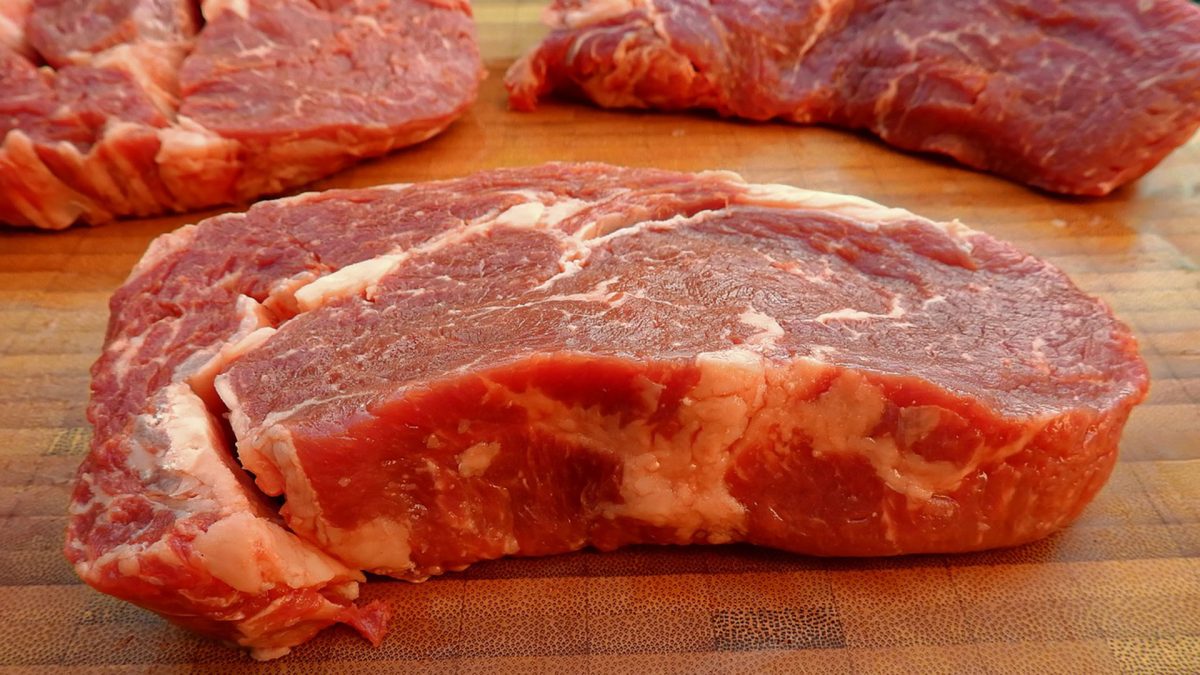In the documentary Supersize Me, Morgan Spurlock eats exclusively at McDonald’s for a month and predictably his weight, blood pressure, and cholesterol go up, but so do his liver enzymes, a sign his liver cells are dying and spilling their contents into the bloodstream. His one-man experiment was actually formally replicated. A group of men and women agreed to eat two fast food meals a day for a month. Most of their liver values started out normal, but, within just one week, most were out of whack, a profound pathological elevation in liver damage.
What’s happening is non-alcoholic fatty liver disease (NAFLD), the next global epidemic, as I discuss in my video How to Prevent Non-Alcoholic Fatty Liver Disease. Fatty deposits in the liver result in a disease spectrum from asymptomatic fat buildup to non-alcoholic steatohepatitis (NASH), which can lead to liver scarring and cirrhosis, and may result in liver cancer, liver failure, and death.
NAFLD is now the most common cause of chronic liver disease in the United States, affecting 70 million Americans, nearly one in three adults. Fast food consumption is a great way to bring it on, since it’s associated with the intake of soft drinks and meat. Drinking one can of soda a day may raise the odds of NAFLD by 45 percent, and those eating the equivalent of 14 chicken nuggets’ worth of meat a day have nearly triple the rates of fatty liver compared to those eating 7 nuggets or less.
It’s been characterized as a tale of fat and sugar, but evidently not all types of fat are culpable. Those with fatty hepatitis were found to have eaten more animal fat and cholesterol, and less plant fat, fiber, and antioxidants. This may explain why adherence to a Mediterranean-style diet, characterized by high consumption of foods such as fruits, vegetables, whole grains, and beans, is associated with less severe non-alcoholic fatty liver disease. It could also be related to the presence of specific phytonutrients, like the purple, red, and blue anthocyanin pigments found in berries, grapes, plums, red cabbage, red onions, and radicchio. These anthocyanin-rich foods may be promising for the prevention of fatty liver, but that’s mostly based on petri dish experiments. There was one clinical trial that found that drinking a purple sweet potato beverage seemed to successfully dampen liver inflammation.
A more plant-based diet may also improve our microbiome, the good bacteria in our gut. “‘We are what we eat’ is the old adage but the modern version might be ‘we are what our bacteria eat.’” When we eat fat, we may facilitate the growth of bad bacteria, which can release inflammatory molecules that increase the leakiness of our gut and contribute to fatty liver disease.
Fatty liver disease can also be caused by cholesterol overload. The thought is that dietary cholesterol found in eggs, meat, and dairy oxidizes and then upregulates liver X receptor alpha, which can upregulate something else called SREBP, which can increase the level of fat in the liver. Cholesterol crystals alone cause human white blood cells to spill out inflammatory compounds, just like uric acid crystals in gout. That’s what may be triggering the progression of fatty liver into serious hepatitis: “the accumulation of sufficient concentrations of free cholesterol within steatotic hepatocytes [fatty liver cells] to cause crystallization of the cholesterol.” This is one of several recent lines of evidence suggesting that dietary cholesterol plays an important role in the development of fatty hepatitis—that is, fatty liver inflammation.
In a study of 9,000 American adults followed for 13 years, researchers found a strong association between dietary cholesterol intake and hospitalization and death from cirrhosis and liver cancer, as dietary cholesterol can oxidize and cause toxic and carcinogenic effects. To limit the toxicity of excess cholesterol derived from the diet, the liver tries to rid itself of cholesterol by dumping it into the bloodstream. So, by measuring the non-HDL cholesterol in the blood, one can predict the onset of fatty liver disease. If we subtract HDL from total cholesterol, none of the hundreds of subjects followed with a value under 130 developed the disease. Drug companies view non-alcoholic fatty liver disease as a bonanza, “as is the case of any disease of affluence…considering its already high and rising prevalence and…[its] needing continuous pharmacologic treatment,” but maybe avoiding it is as easy as changing our diet, avoiding sugary and cholesterol-laden foods.
“The unpalatable truth is that NAFLD could almost be considered the human equivalent of foie gras (loosely translated from French as ‘fat liver’). As we overeat and ‘force-feed’ ourselves foods that can result in serious health implications, however, having such a buttery texture in human livers is not a delicacy to be enjoyed by hepatologists [liver doctors] in clinical practice!”
Like my video Preventing Gout Attacks with Diet, How to Prevent Non-Alcoholic Fatty Liver Disease covers an important topic worth the extensive coverage the video provides.
For more on how bad added sugars are for us, see:
For more on how bad cholesterol can be, see:
- How Do We Know That Cholesterol Causes Heart Disease?
- Does Cholesterol Size Matter?
- Cholesterol and Alzheimer’s Disease
- Cholesterol Feeds Breast Cancer Cells
- Cholesterol Crystals May Tear Through Our Artery Lining
- How the Egg Board Designs Misleading Studies
- Eggs and Cholesterol: Patently False and Misleading Claims
In health,
Michael Greger, M.D.
PS: If you haven’t yet, you can subscribe to my free videos here and watch my live, year-in-review presentations:
- 2012: Uprooting the Leading Causes of Death
- 2013: More Than an Apple a Day
- 2014: From Table to Able: Combating Disabling Diseases with Food
- 2015: Food as Medicine: Preventing and Treating the Most Dreaded Diseases with Diet
- 2016: How Not To Die: The Role of Diet in Preventing, Arresting, and Reversing Our Top 15 Killers
